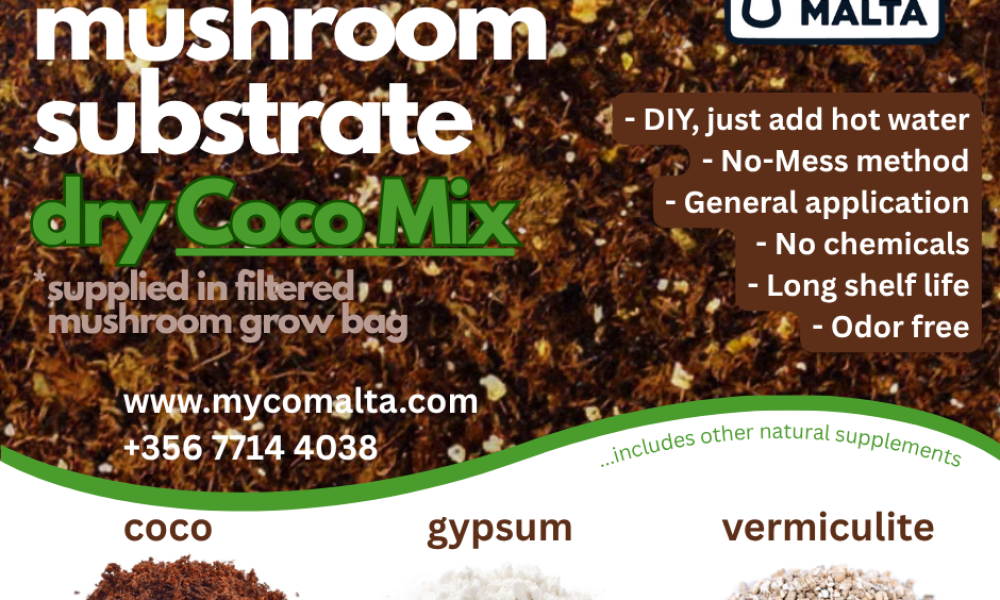
October 2, 2024

Fabric raised beds…Why?
To start with, not everyone has a garden or a field…but everyone likes growing their own food and every kid and adult dreams of having his own private field whether living in a farmhouse, in a house or in an apartment.
The raised bed gives everyone the opportunity to try their hand at growing crops while bearing in mind storage limitations and costs (the raised bed is foldable once empty).
I believe that crops grow out of the sun more than they grow out of the soil so placing the raised bed in full sun is suggested. Furthermore, its best season is winter and in winter days are short and the sun is less intense.
Fill it up with a mixture of 1:1 soil and compost so that the soil gives weight to the mixture allowing better anchorage against the wind, ideal PH, micro fauna/flora, availability of minerals (esp. calcium) and prevents the compost clumping and becoming hydrophobic when completely dry. We suggest not filling the bed up to the brim to prevent soil splashing out while watering or while raining heavily. Leaving a brim of 2 inches is enough. Remember that soil will settle lower when watered and peat is unnecessarily expensive while compost is cheaper.
Sow or plant any crop you like best but remember not to overcrowd and allow good air circulation which also helps in preventing disease and reducing the necessity of spraying with pesticides and fungicides. Legumes, tubers, flowers, and all common crops can do well with the exception of the extra large ones such as the artichoke, the Jerusalem artichoke, the giant sun flowers or the vine squashes.
The fabric material of the raised bed allows breathing so overwatering is practically impossible. Feed (especially chemical feed) should be avoided if you intend eating the crops or if the water will run off into a well/reservoir. Instead you can use fresh compost top-ups, home-made fertilizer or manure.
Be patient, water, feed and most of all…ENJOY THE EXPERIENCE!
Post Views: 1,801






